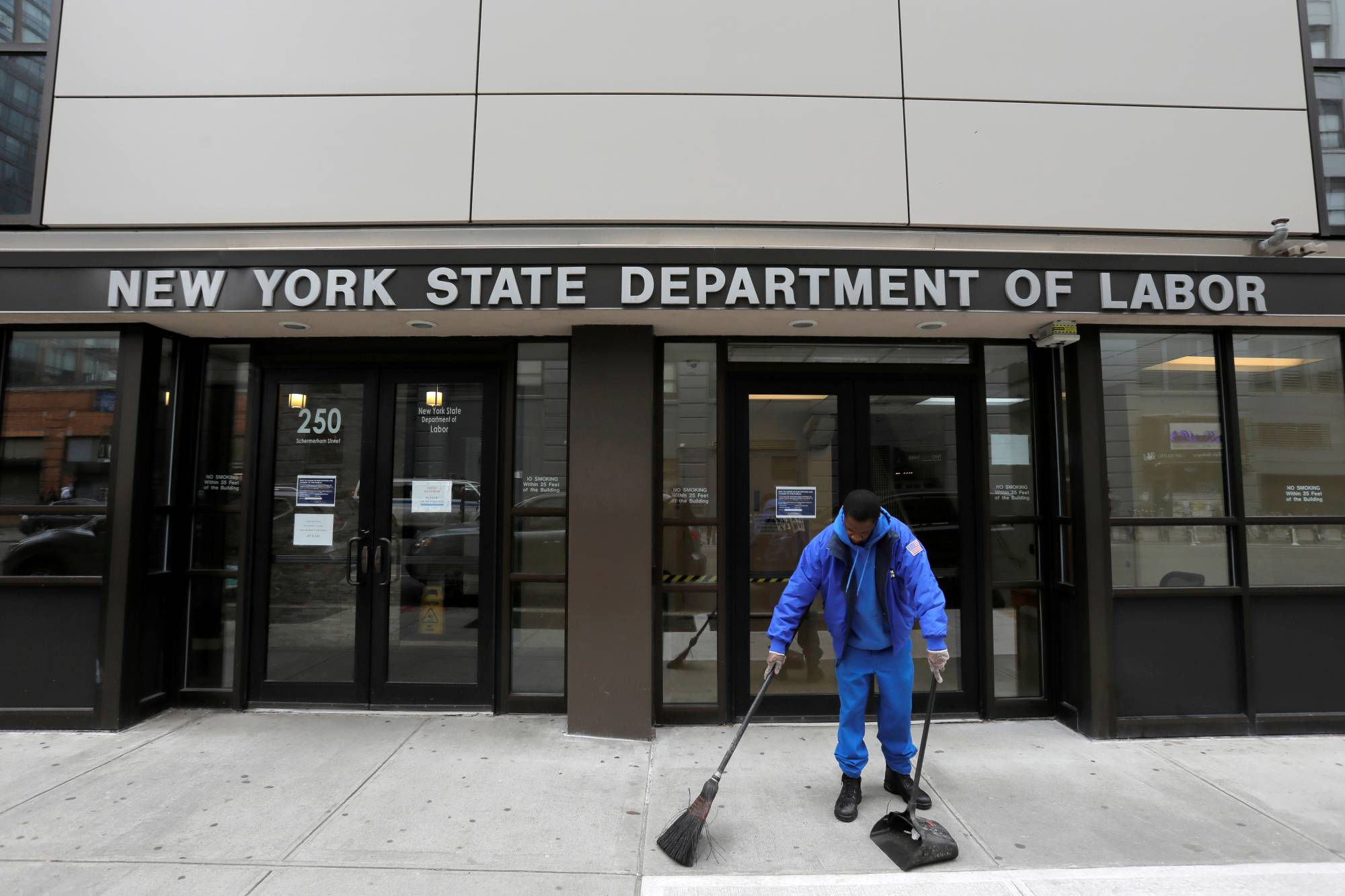Innovations such as ChatGPT threaten to radically transform America’s labor market, forcing everyone from lawyers to newspaper columnists to contemplate workplace irrelevance and perhaps even marking a peak in white-collar employment.
To mitigate the fallout, policymakers will have to be no less innovative in refashioning the country’s system of unemployment insurance.
In a sense, the system is well-designed — for stabilizing employment back in 1935. Having seen unemployment rates as high as 25% during the Great Depression, government officials figured they couldn’t afford to give money to everyone without a job. Instead, they tried to discourage layoffs by levying an "experience-rated” payroll tax: The more workers an employer let go, the higher the tax on its remaining staff. This also limited benefits, because only workers covered by the tax could receive them and only for a limited time. Since a few states had unemployment programs predating the federal creation, the whole system was kept as state-run.



